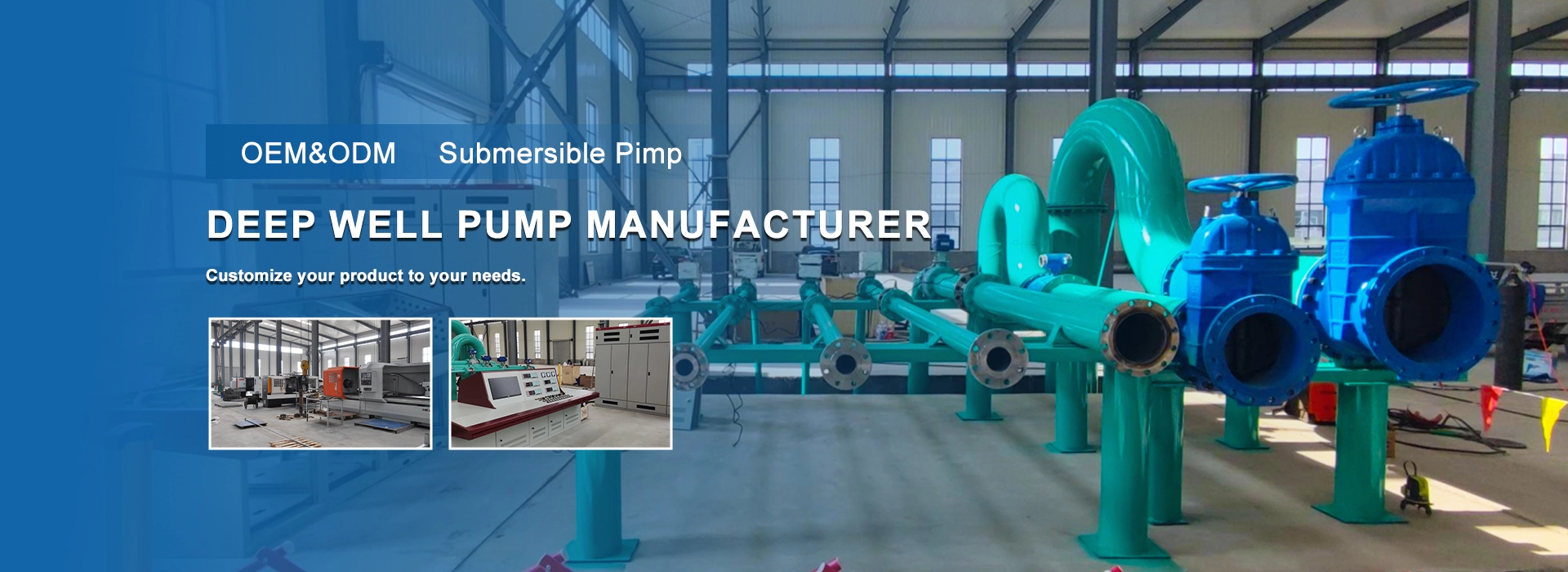Dec . 10, 2024 02:12 Back to list
3 Inch Diameter Submersible Deep Well Pump for Efficient Water Extraction Solutions
Understanding 3-inch Diameter Submersible Deep Well Pumps
In the realm of water extraction, particularly for agricultural, residential, and commercial purposes, submersible pumps play a critical role. Among these, the 3-inch diameter submersible deep well pump has gained significant attention due to its compact size, efficiency, and versatility. This article delves into the features, benefits, applications, and considerations surrounding these pumps.
What is a Submersible Deep Well Pump?
A submersible deep well pump is a type of pump designed to be submerged underwater, typically in deep wells. It consists of a sealed motor coupled to a pump body, allowing it to operate efficiently beneath the water's surface. The primary function of these pumps is to lift water from underground sources to the surface, where it can be distributed for various uses.
Features of the 3-inch Diameter Submersible Deep Well Pump
1. Compact Design One of the most significant advantages of the 3-inch diameter pump is its compact size. Unlike larger pumps that may require more space and complex installation, the 3-inch design is ideal for wells with restricted diameters. This makes it suitable for a variety of well types, including narrow casings.
2. High Efficiency These pumps are designed to operate efficiently, utilizing advanced motor technology and hydraulic designs to maximize water flow while minimizing energy consumption. This efficiency contributes not only to reduced operational costs but also to a smaller environmental footprint.
3. Durability and Longevity Constructed with high-quality materials such as stainless steel and thermoplastic, 3-inch diameter pumps are engineered to withstand harsh conditions, including fluctuating temperatures and varying water chemistries. This durability ensures a long lifespan, making them a worthwhile investment.
Benefits of Using a 3-inch Diameter Submersible Pump
- Versatility The compact size of the 3-inch pump allows it to be employed in various applications, from residential water supply systems to irrigation in agriculture and even geothermal heating systems.
- Ease of Installation and Maintenance The light weight and manageable size facilitate easier installation, especially in tight spaces. Furthermore, maintenance tends to be straightforward, allowing for quick access should repairs or routine checks be necessary.
- Cost-Effectiveness Due to their efficiency and durability, these pumps can reduce long-term operational costs. Additionally, they are often less expensive than larger counterparts, making them an economical choice for many users.
3 inch diameter submersible deep well pump

Application Areas
The 3-inch diameter submersible deep well pumps are widely utilized across different sectors
- Residential Use Homeowners can use these pumps for supplying water from private wells to households, ensuring a steady flow for drinking, cleaning, and irrigation purposes.
- Agriculture Farmers utilize these pumps to extract groundwater for irrigation, ensuring that crops receive adequate water during critical growth periods.
- Commercial Settings Businesses that rely on groundwater for their operations, such as dairies or large landscaping companies, find these pumps particularly useful.
- Industrial Applications In industrial settings, the versatility of 3-inch pumps allows for various applications, including dewatering and water transfer in construction sites.
Considerations When Choosing a Pump
When selecting a 3-inch diameter submersible deep well pump, several factors must be taken into account
- Well Depth and Diameter It’s important to ensure that the pump is compatible with the well’s specifications for optimal performance.
- Flow Rate Requirements Different applications require varying flow rates. Assessing the specific demands of the intended use is crucial to choosing the right pump.
- Power Source Most submersible pumps run on electricity, so determining the power supply's availability is crucial.
In conclusion, the 3-inch diameter submersible deep well pump is a robust, versatile, and efficient solution for water extraction across various applications. Understanding its features, benefits, and considerations can help users make informed decisions and ensure the optimal performance of their water systems.
-
Submersible Water Pump: The Efficient 'Power Pioneer' of the Underwater World
NewsJul.01,2025
-
Submersible Pond Pump: The Hidden Guardian of Water Landscape Ecology
NewsJul.01,2025
-
Stainless Well Pump: A Reliable and Durable Pumping Main Force
NewsJul.01,2025
-
Stainless Steel Submersible Pump: An Efficient and Versatile Tool for Underwater Operations
NewsJul.01,2025
-
Deep Well Submersible Pump: An Efficient 'Sucker' of Groundwater Sources
NewsJul.01,2025
-
Deep Water Well Pump: An Efficient 'Sucker' of Groundwater Sources
NewsJul.01,2025
-
 Submersible Water Pump: The Efficient 'Power Pioneer' of the Underwater WorldIn the field of hydraulic equipment, the Submersible Water Pump has become the core equipment for underwater operations and water resource transportation due to its unique design and excellent performance.Detail
Submersible Water Pump: The Efficient 'Power Pioneer' of the Underwater WorldIn the field of hydraulic equipment, the Submersible Water Pump has become the core equipment for underwater operations and water resource transportation due to its unique design and excellent performance.Detail -
 Submersible Pond Pump: The Hidden Guardian of Water Landscape EcologyIn courtyard landscapes, ecological ponds, and even small-scale water conservancy projects, there is a silent yet indispensable equipment - the Submersible Pond Pump.Detail
Submersible Pond Pump: The Hidden Guardian of Water Landscape EcologyIn courtyard landscapes, ecological ponds, and even small-scale water conservancy projects, there is a silent yet indispensable equipment - the Submersible Pond Pump.Detail -
 Stainless Well Pump: A Reliable and Durable Pumping Main ForceIn the field of water resource transportation, Stainless Well Pump has become the core equipment for various pumping scenarios with its excellent performance and reliable quality.Detail
Stainless Well Pump: A Reliable and Durable Pumping Main ForceIn the field of water resource transportation, Stainless Well Pump has become the core equipment for various pumping scenarios with its excellent performance and reliable quality.Detail
